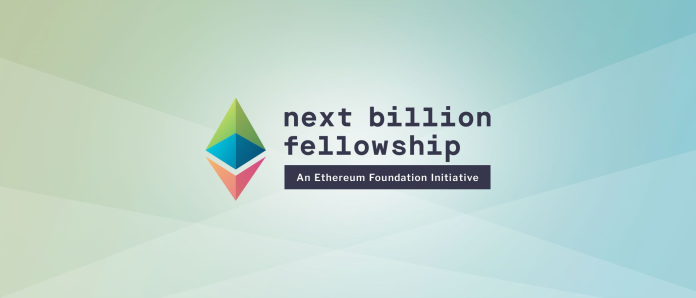Crisis can be a cruel teacher, drawing us together in our shared fragility yet at the same time distancing us from our shared humanity. In times of great crisis, the institutions and structures of society that are meant to protect and support us may become twisted, corrupted, or impotent, and sometimes, the very things that make us human can contribute to our collective dehumanization.
I can relate to this from my own experience. In Syria, my political activism became the grounds for denying me the most basic forms of identification. I was detained and tortured for political reasons and my academic pursuits were forced to end. My existence was stripped away and, like millions of others, I had to escape to seek refuge in another country. There I had to start from scratch: new identity documents, a bank account, residence, and all the paperwork needed to be recognized as a human being in modern society.
As someone who spent years managing millions of donor funding into Syria, I’ve had to grapple with questions about the international aid and development sector: Are our traditional systems really equipped to respond to large-scale humanitarian crises? Are the powerful and wealthy institutions committed to protecting the world’s most vulnerable humans really doing all they can? Can we do better? How?
Through my Fellowship at the Ethereum Foundation, I’ve seen firsthand that public blockchain protocols like Ethereum can be a lifeline in times of unimaginable human suffering. They present a model of crisis response that is not encumbered by borders and institutional inertia.
However, the reality of international aid is not always positive. For example, only 1.2% of the total amount of international humanitarian aid allocated in 2021 is sent to local NGOs in the form of direct aid. The rest moves through a chain of subcontractors, global funds, and multilateral institutions, resulting in large sums being spent on operational costs. This imbalance exposes a harsh reality: resources meant to serve as a lifeline for those in pain can be squandered by the very structures created to help them.
The 7.8 magnitude earthquake on February 6, 2023, in Syria and Türkiye provided a stark contrast in the disaster response of the two countries. In Syria, over 4.5 million people already affected by displacement and conflict were met with a new catastrophe. As buildings crumbled, claiming over 8,476 lives, the need for aid was immediate. Turkish NGOs responded swiftly, leveraging existing avenues of blockchain-based donation pipelines to raise over 11 million USD within 48 hours. Syrian organizations, however, were constrained by a fractured compliance and legal infrastructure and had limited access to global fundraising platforms. They struggled to collect a mere $1.12 million over a week.
The earthquake was a true turning point for Syrian aid. Syrian opposition organizations began taking cues from the progressive stance of Turkish institutions, and small organizations within Syria began openly soliciting crypto donations on their social media accounts. Even large, mainstream NGOs underwent legal consultations to explore blockchain-based funding channels.
Peer-to-peer aid is not just about raising money; it’s about re-engineering trust in a world marred by crises. It can narrow the distance between giver and receiver, fostering a sense of proximity even from continents away. With public protocols, aid becomes a personal gesture rather than a faceless transaction, transforming the giver-receiver dynamic into one of solidarity.
Blockchains offer a more resilient alternative to traditional systems that falter and fragment under duress. They treat all participants fairly, regardless of their socio-political context. As global

